#chalcolithic
Text

Iron Age Butter Dish Found With Butter Residue, The Scottish Crannog Centre, Loch Tay, Scotland
#ice age#stone age#bronze age#iron age#copper age#prehistoric#neolithic#prehistory#mesolithic#paleolithic#chalcolithic#archaeology#woodwork#wooden dish#crannog#ancient cultures#ancient living#Scotland#Crannog
69 notes
·
View notes
Text
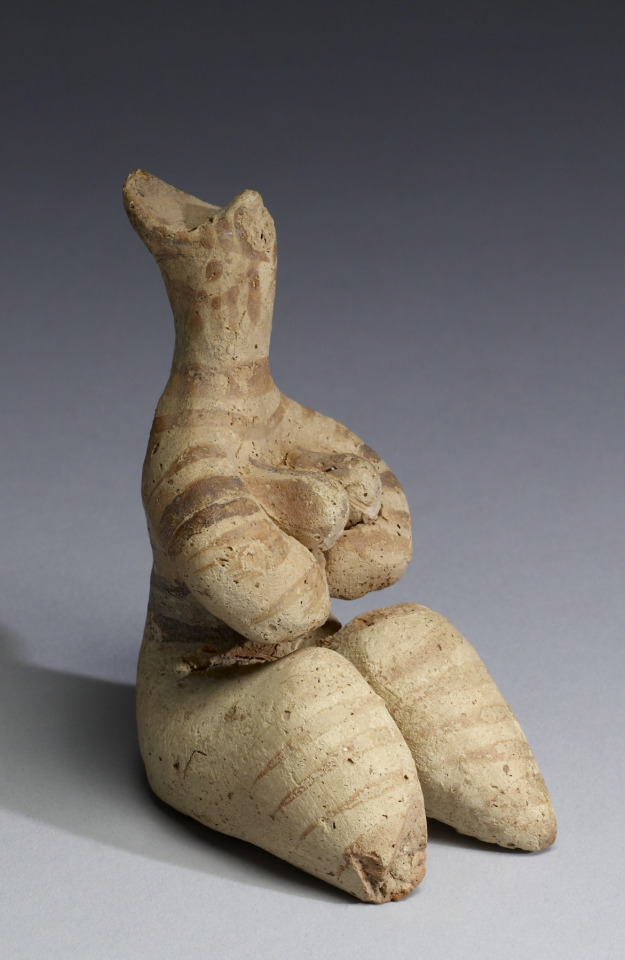
Tell Halaf Figurine
Syrian, 6th millennium BCE (Chalcolithic)
As early as the 7th millennium BCE, cultures in the Near East began to create organized settlements with well-developed religious and funerary practices. The Halaf culture of Anatolia (southern Turkey) and northern Mesopotamia is named for Tell Halaf in modern day Syria and is one example of such sophisticated early cultures. The Halaf culture flourished during the 6th millennium BCE and was notable for its ceramic productions, both its intricately painted pottery and remarkable female figurines.
72 notes
·
View notes
Text
An enigmatic axe has been discovered in eastern Poland. The copper tool seems to belong to the Trypillia culture far to the east. Did they make it, and if so how did it get there?
33 notes
·
View notes
Text
After some (very justified) criticism to my definition of prehistoric (see tags) here’s another poll:
#ain’t no one got time for the sub classification of the modern period. I’m sorry guys#I’m also not dividing the Palaeolithic or the Iron Age sooo#archaeology#archeology#poll#polls#polling#Palaeolithic#stone age#paleolithic#Mesolithic#Neolithic#Bronze Age#chalcolithic#iron age#viking age#migration period#medieval period#middle ages#modern period#own post#prehistory: before written record. my geographical framework: southern Scandinavia. south Scandinavian prehistory: up to viking age
101 notes
·
View notes
Text
Gold Lion Figurine from Georgia (South Caucasus), c. 2300-2000 BCE: Georgia contains one of the oldest prehistoric gold mines in the world, dating back to about 3400 BCE; researchers also believe that the Greek legend of the "Golden Fleece" was inspired by the goldsmithing traditions found in Georgia

The peoples of Georgia (the country, not the state) have been extracting and processing gold for many thousands of years. Georgia is even home to the oldest known gold mine in the world -- a site known as Sakdrisi, where there is evidence of gold mining operations dating back to about 3400 BCE (roughly 5400 years ago).
Sadly, the prehistoric gold mine at Sakdrisi was damaged (and largely destroyed) in 2014, after a Russian mining company (RMG Gold) was given permission to resume its own mining venture on the site. The full extent of that damage has yet to be determined.
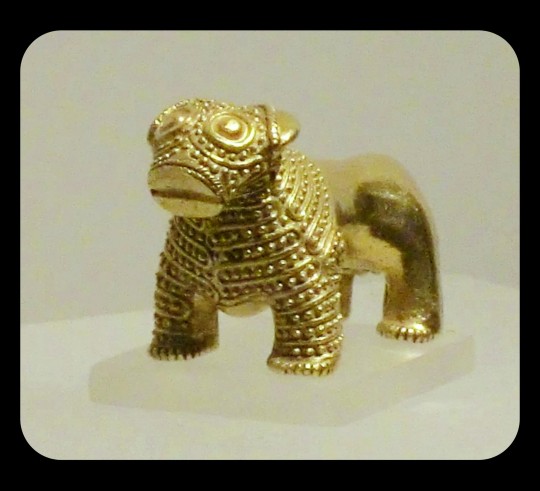
The Tsnori Lion: this figurine dates back to the Bronze Age in Eastern Georgia; it is one of the many artifacts that have come to represent the history of goldsmithing in this part of the Caucasus
The goldsmithing traditions of Georgia also continued to flourish during antiquity, and the ancient Kingdom of Colchis (in what is now Western Georgia) was renowned for both its wealth of gold and its skilled goldsmiths. To the Greeks, Colchis was also known as the homeland of the fabled Golden Fleece -- the treasure sought by Jason and the Argonauts during their mythical voyage into the Caucasus, as described in the Greek Argonautica.
It's believed that the legend of the Golden Fleece may have had at least some basis in reality. Ethnological and historical accounts indicate that the peoples of Colchis/Georgia traditionally used sheepskins to sift for gold in the rivers of the Caucasus; during that process, the fleece would slowly become encrusted with tiny particles of "gold sand," until it eventually took on the appearance of a "golden fleece." Additional research has confirmed that the rich alluvial deposits found within the region certainly would have been sufficient to have produced this "golden fleece" effect.
Researchers believe that those customs may have given rise to the Greek legends about the Colchians and their Golden Fleece -- legends that ultimately evolved into the story of the Argonautica.
The unique goldsmithing traditions of Georgia played an important role in the cultural/political development of the South Caucasus, and those traditions are reflected in the wealth of golden artifacts that have been found throughout Georgia (and elsewhere).

The Location of Modern-Day Georgia: as this map illustrates, Georgia is nestled right at the crossroads between Europe and Asia, with the Black Sea located on one side and the Caspian not far from the other; it is bordered by Russia to the North and Turkey, Armenia, and Azerbaijan to the South
Sources & More Info:
Quaternary International: A modern field investigation of the mythical “gold sands” of the ancient Colchis Kingdom and “Golden Fleece” phenomena
Archaeo Sciences: Bronze Age Gold in Southern Georgia
Britannica: Archaeologists uncover traces of Bronze Age gold workshops in a cemetery near Tbilisi, Georgia
BBC: Artefacts from the world's oldest gold mine
UW Jackson School of International Studies: Georgian environment, heritage at risk as RMG Gold exploits Sakdrisi
UTA Department of Slavic & Eurasian Studies: Ancient Georgia - crossroads of Europe and Asia
Atinati: The Golden Kingdom of Colchis
The Past: Georgia's Treasures: from the Land of the Golden Fleece
National Geographic (Georgian): Golden Lion from Kakheti
Smithsonian: Why this Ancient Civilization Fell Out of Love with Gold for 700 Years
National Geographic's "Out of Eden Walk:" Treasures of the Caucasus
Democracy & Freedom Watch: What was lost when a mining company destroyed the ancient Sakdrisi site?
#archaeology#history#georgia#caucasus#transcaucasia#sakartvelo#artifact#art#lion#iberia#colchis#golden fleece#jason and the argonauts#greek mythology#ancient greece#bronze age#chalcolithic#prehistoric#gold#goldsmithing#conservation#sakdrisi
64 notes
·
View notes
Photo
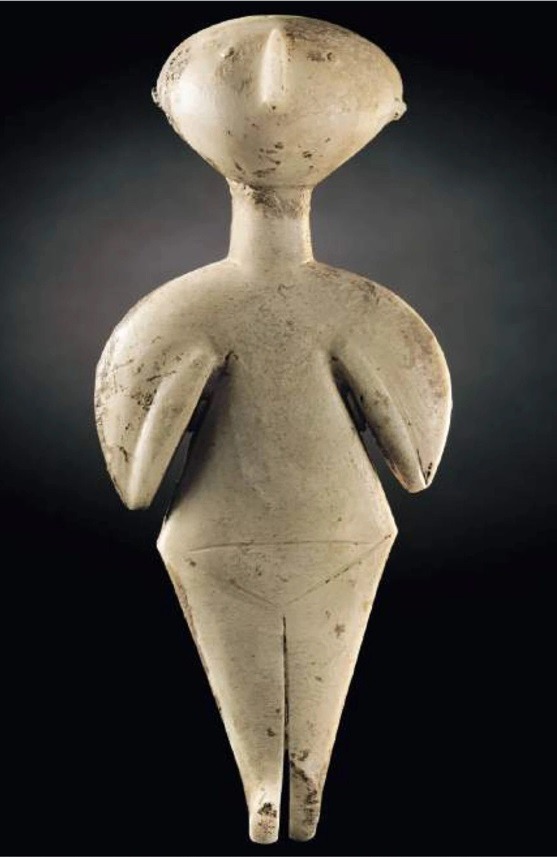


An Anatolian marble female idol of Lilliya type,
Chalcolithic period, c. 3000-2200 BC.
9 in (22.9 cm) high.
The Guennol Stargazer is from the Chalcolithic period, between 3000 and 2200 BC, and is considered to be one of the most impressive of its type known to exist.
‘Stargazer’ is the colloquial title derived from the slightly tilted-back angle at which the large head rests on the thin neck, thus creating the whimsical impression of the figure staring up at the heavens.
There are only about 15 nearly complete idols that survive, although fragmentary examples, particularly heads, abound. Most of the complete examples have been broken across the neck, as with the present figure, suggesting that the sculptures were ritually ‘killed’ at the time of burial.
Courtesy: Christie’s New York
#art#design#sculpture#idol#female#figure#anatolia#marbe#lilliya type#stargazer#guennol#history#style#chalcolithic#ritual#burial#turkey#3000bc#2200BC
69 notes
·
View notes
Text
youtube
The Copper Age Explained
from Epimetheus
7 notes
·
View notes
Text
Whenever someone uses “Stone Age” as a synonym for “primitive,” I like to bust out my big book of things that were invented in the Stone Age.
These things include:
Boats
Ships
Cities (invented in the very end of the mesolithic, before the Neolithic even properly kicked off)
Knives
Swords (Chalcolithic)
Aqueducts (Neolithic)
Irrigation
Axes
Chariots
Beer
Sophisticated cuisine (as early as the Pleistocene in all Homo in groups)
Mustard (Neanderthals were making it)
Mead
Kitchen knives (Neanderthals were making them)
Shovels
Rope
Sailboats
Houses
Thatched rooftops
Roads
Flutes (Neanderthals were making them)
Helmets
Among other things.
#ancient history#stone age#Paleolithic#Neolithic#Mesolithic#chalcolithic#cities#inventions#human progress.
7 notes
·
View notes
Text

Mother Goddesses
Halafian
Northern Mesopotamia (Iraq), circa 4000 - 3000 BC
Ochre slip-painted earthenware
Chalcolithic period
5 notes
·
View notes
Link

Recent DNA tests on Mycenaean bodies produced startling findings: there was no appreciable difference between them and modern Greeks.
3 notes
·
View notes
Text
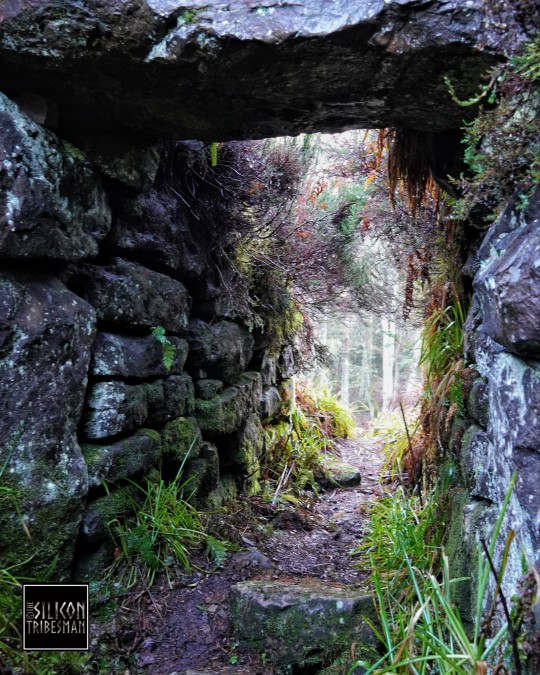
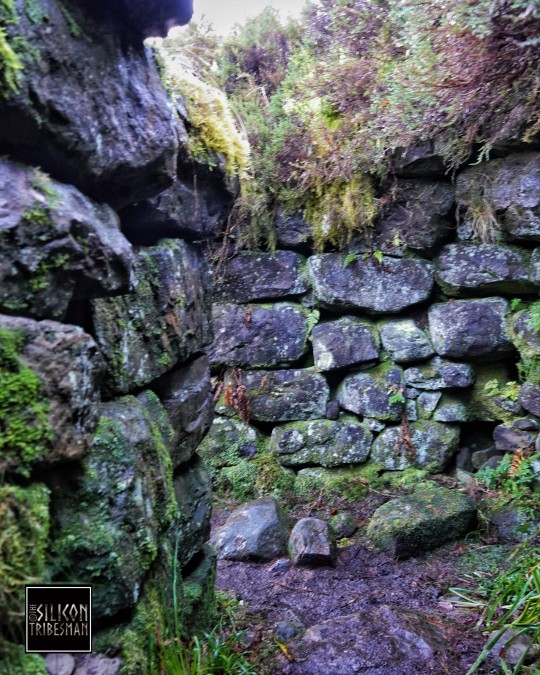




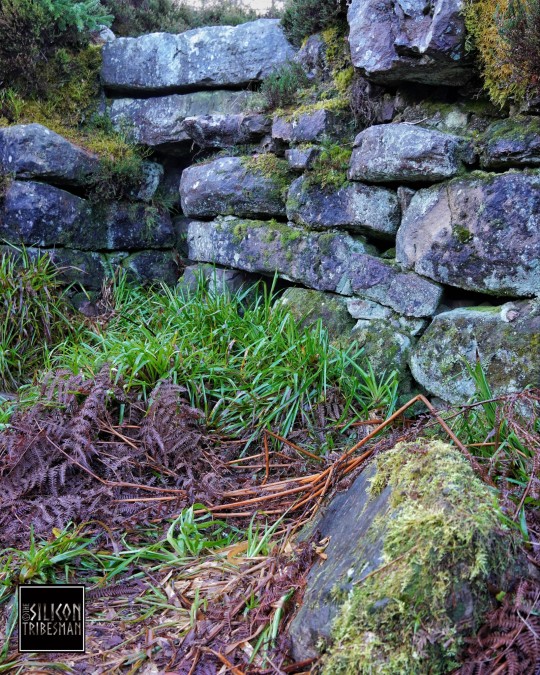

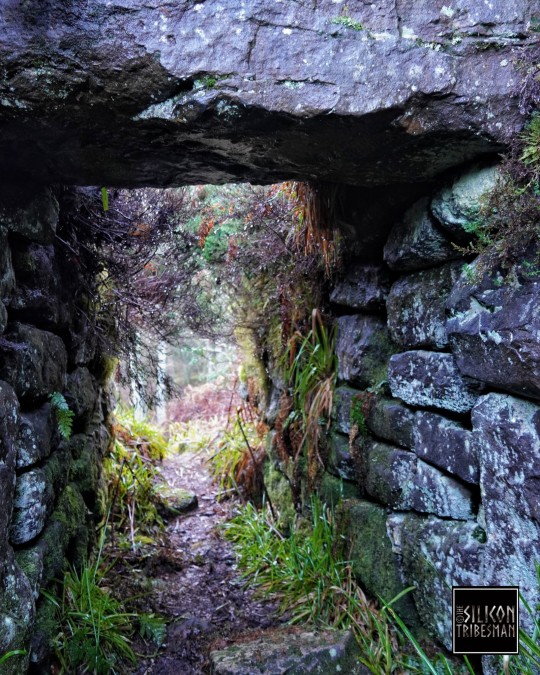
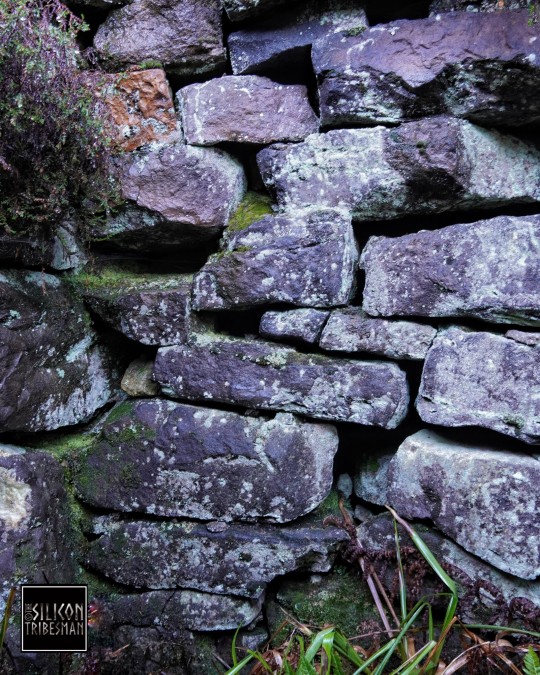
Tappoch Iron Age Broch, Larbert, nr. Falkirk, Scotland
#ice age#stone age#bronze age#iron age#copper age#prehistoric#prehistory#neolithic#mesolithic#paleolithic#chalcolithic#archaeology#settlement#broch#stonework#fortifications#community#Scotland#Ancient Scotland#building#ancient cultures#ancient sites
77 notes
·
View notes
Text





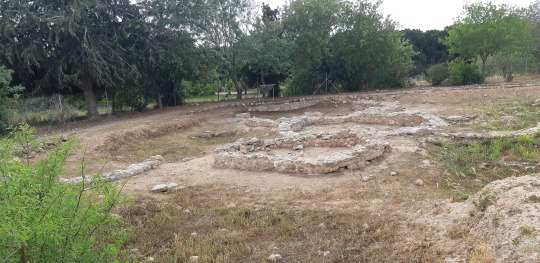




April 2024
Chalcolithic period round house remains, c3500BC-2400BC, Lemba village, Cyprus, with an archaeological reconstruction of the buildings.
0 notes
Text
This article analyses new prehistoric evidence of trepanation from a collective burial site in the south-eastern Iberian Peninsula.
The skull under study belonged to an adult female deposited in the second burial phase (2566–2239 years cal BCE). It exhibits in the anterior region of the right temporal fossa two contiguous and partially overlapping holes that correspond to two trepanations performed using the scraping technique.
Conclusions
It is a double cranial trepanation with signs of bone remodelling suggesting survival from surgery. No pathological signs were identified potentially associated with the intervention.
0 notes
Text

O Terceiro Milénio na Estepe Europeia - Livro
Kaiser, E. (2019): Das dritte Jahrtausend im osteuropäischen Steppenraum. Kulturhistorische Studien zu prähistorischer Subsistenzwirtschaft und Interaktion mit benachbarten Räumen. Berlin Studies of the Ancient World. Vol. 37Edit. Topoi. ISBN: 978-3-9819685-1-4
Sinopse:
Os túmulos são característicos da cultura yamnaya e da cultura funerária das catacumbas do terceiro milênio A.C. na estepe da Europa Oriental e na zona de estepe florestal. Com o início da cultura yamnaya, os enterros são regularmente realizados em túmulos, os montes são frequentemente usados várias vezes e se transformam em monumentos ao longo do tempo.
+INFO em: O Terceiro Milénio na Estepe Europeia - Livro



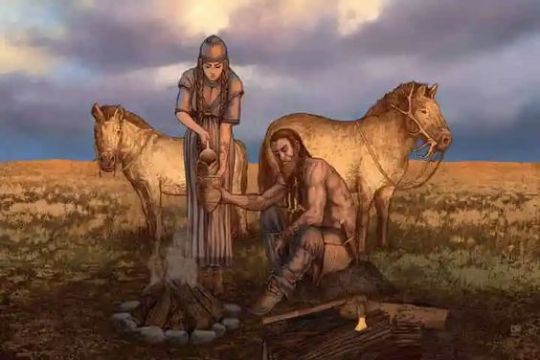


0 notes
Text
Hermana se folla al su hermano
English BBW Jayne Storm lets you enjoy her hairy fanny
Blowjob And Pussy Fuck For Hot Brunette Teen
Fucking my step mom while she is on phone with dad
Wife Rachel fucking her ex husband
Little teen cunt creampie
Haryanvi Desi Bhabhi SEX fucking video hindi audio xxx xnxx blow job
Horny teen fucks dildo in black tights
Indian Cock Big cumshot
Cum tribute for Taiwanese model 詹椀媗
#unhairy#sieger#Arhauaco#reprints#crown-wheel#ATDA#cruelest#Cecily#mollifications#Wehrle#yellow-black#mammalogists#PICS#Gilligan#قصائد#ficklest#sleightness#antelucan#Carcassonne#Chalcolithic
0 notes
Text
High Priestess of Tholos de Montelirio. Copper Age - Southwestern Iberia (3,000–2,800 BC.)
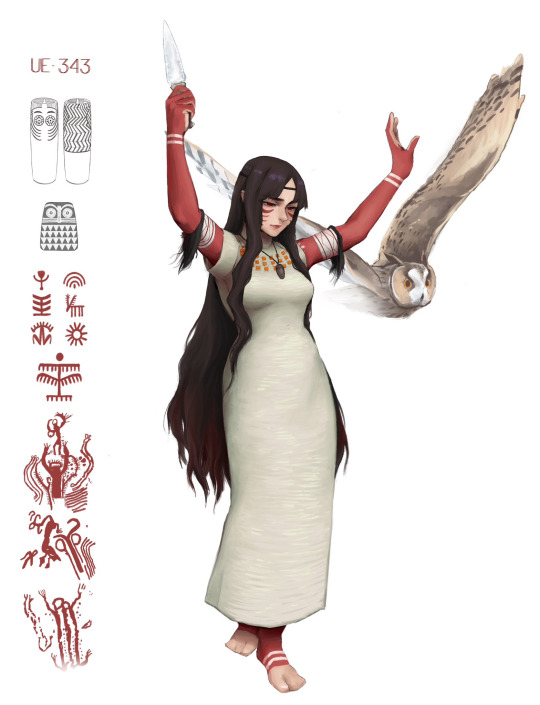
The Ivory Lady, Grand Chief of Valencina de la Concepción (Seville, Spain). Copper Age - SW Iberia.

Priestess of the Iberian Neolithic - early Copper Age

art by @Re_my_06
29 notes
·
View notes